
Deva
Who is a Deva?
A Deva is a Sanskrit word that means "divine" or "celestial".
It can be used as an adjective to describe something that is related to the gods, or as a noun to refer to a god or a divine being.
In the Vedic religion of India and later Hinduism, there are many devas, often classified into three groups based on their association with the sky, the air, or the earth.
Some of the most prominent devas are Indra, the king of the gods and the lord of thunder; Agni, the god of fire and sacrifice; Varuna, the god of water and the cosmic order; and Surya, the sun god.
The devas are not immortal, but they live for very long periods of time in a realm called Devaloka, where they enjoy bliss and happiness.
The devas are also involved in the cosmic cycle of creation, preservation, and destruction, and they sometimes interact with humans, either to help them or to test them.
The devas are not the only supernatural beings in Hinduism, as there are also asuras, who are often seen as enemies or rivals of the devas; yakshas, who are nature spirits; and gandharvas, who are celestial musicians.
The concept of deva is also found in other religions and cultures, such as Buddhism, Jainism, Zoroastrianism, and Balinese Hinduism.
The word deva is related to the Latin word divus, which means "god", and the English word divine.
Example of the color palette for the image of Deva
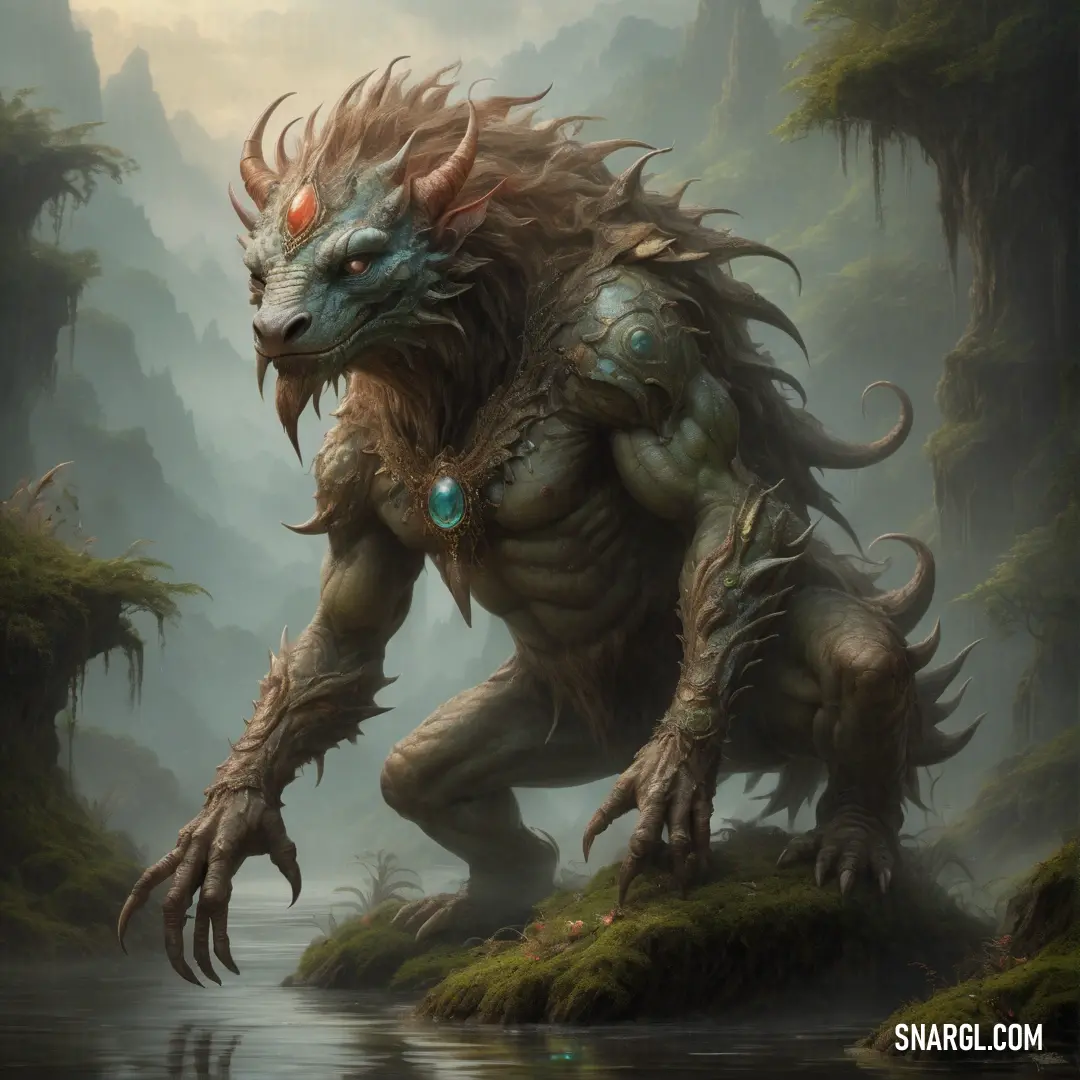
See these colors in NCS, PANTONE, RAL palettes...
What does a Deva look like?
A deva is a kind of angel, a celestial being of light
They have two feathered wings that shine with radiant might
They are the servants of the good, the champions of the right
They are the foes of evil, the warriors of the night
A deva's form is human-like, but with a beauty rare
Their skin and hair and eyes can have a silvery or golden flare
They do not care for clothing much, they wear it when they must
They prefer to show their glory, their grace and their trust
A deva can change shape at will, to any beast or humanoid
But they always keep their essence, their power and their voice
They can cast spells and heal the wounds of those who need their aid
They can wield a mace or sword that deals extra damage when they raid
A deva is a fantasy creature, a wonder and a dream
They inspire awe and reverence, they make the mortals beam
They are the devas, the angels, the guardians of the realm
They are the devas, the angels, the ones who overwhelm.
Who is the god of Deva?
However, some of the most prominent and powerful Deva are:
Indra, the king of the gods and the lord of thunder, rain, and war.
He is often depicted as riding a white elephant or a chariot drawn by four horses.
He wields a thunderbolt called Vajra and a bow called Vijaya.
He is also associated with the soma, a sacred drink that grants immortality and ecstasy.
He is one of the oldest and most revered Deva in the Vedas.Vishnu, the preserver and protector of the universe.
He is one of the three supreme Deva, along with Brahma and Shiva.
He is known for his incarnations (avatars) in various forms, such as Rama, Krishna, Narasimha, and Buddha.
He is usually depicted as having four arms, holding a conch, a discus, a mace, and a lotus.
He rests on the serpent Shesha and is accompanied by his consort Lakshmi, the goddess of wealth and fortune.Shiva, the destroyer and transformer of the universe.
He is also one of the three supreme Deva, and is considered the most complex and paradoxical.
He is both the creator and the destroyer, the ascetic and the erotic, the benevolent and the fierce.
He is usually depicted as having three eyes, a crescent moon on his forehead, a trident, a drum, and a snake around his neck.
He is the lord of the dance, the yogi, the destroyer of evil, and the patron of arts and sciences.
He is married to Parvati, the goddess of love and power, and is the father of Ganesha, the elephant-headed god of wisdom and success.Ganesha, the elephant-headed god of wisdom, success, and obstacles.
He is one of the most popular and widely worshipped Deva in Hinduism.
He is the son of Shiva and Parvati, and is said to have been born from the dirt of Parvati's body.
He is usually depicted as having four arms, holding a broken tusk, a modaka (sweet), a noose, and an axe.
He rides a mouse and is invoked at the beginning of any auspicious endeavor.
They are often contrasted with the Asuras, who are demonic or malevolent beings.
Devas are part of the complex and rich mythology and cosmology of Hinduism, which reflects the diversity and dynamism of the religion.

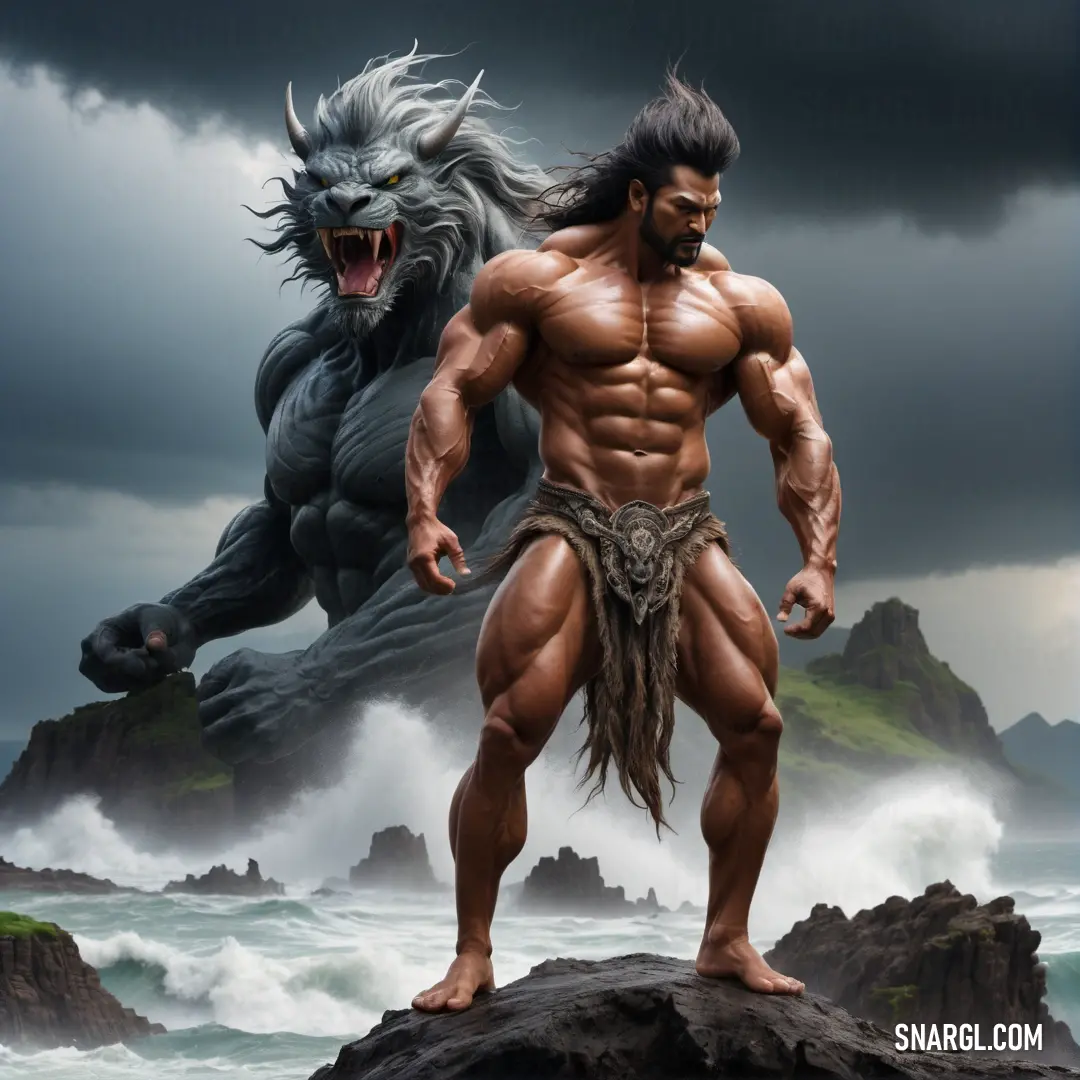
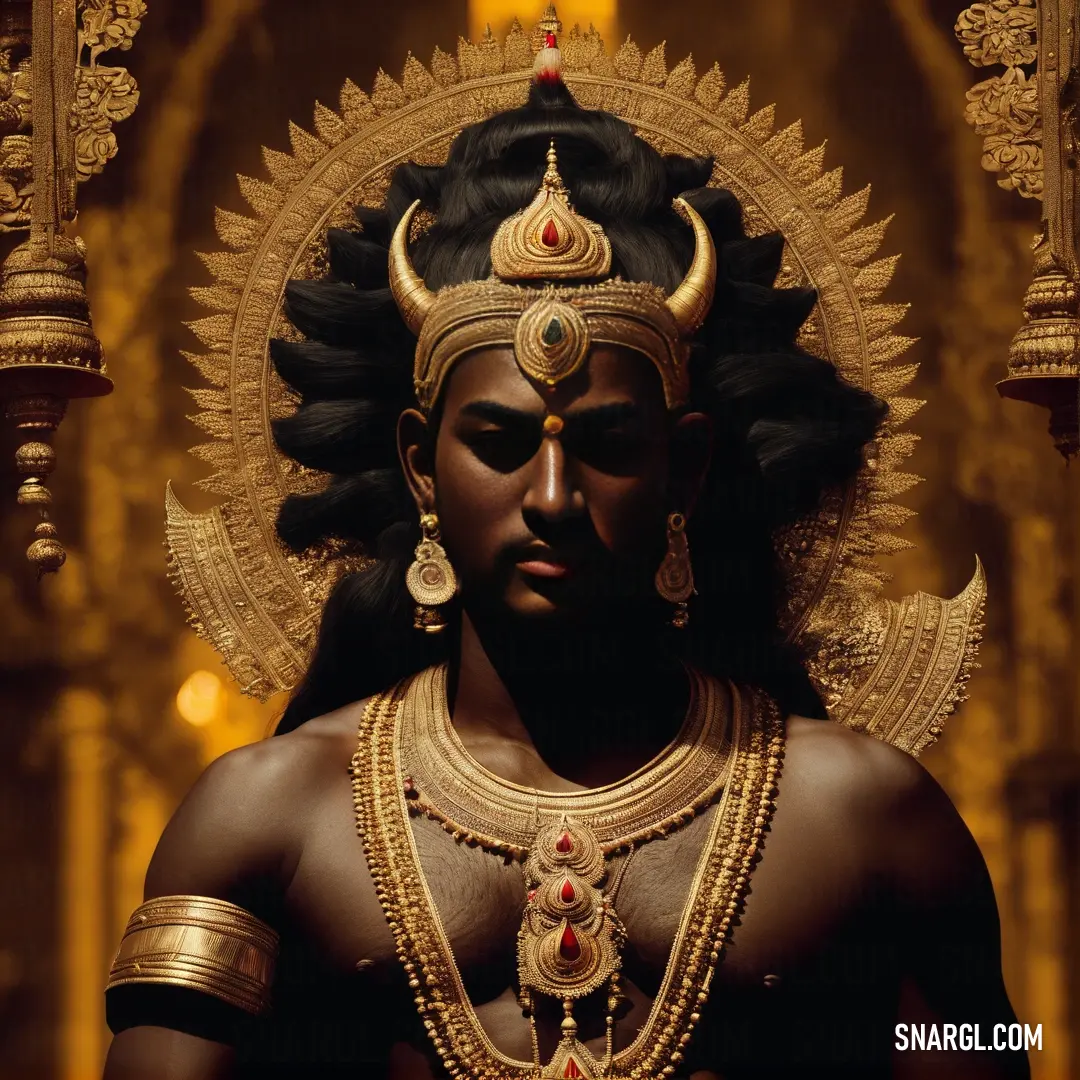

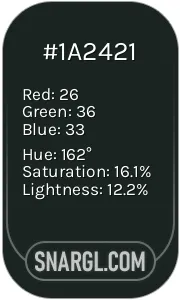 Dark jungle green
Dark jungle green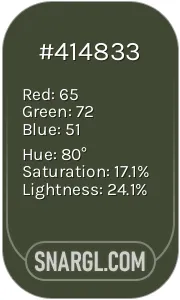 Rifle green
Rifle green Shadow
Shadow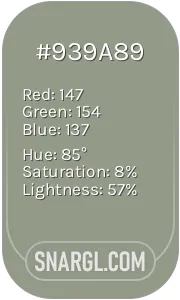 Gray-Tea Green
Gray-Tea Green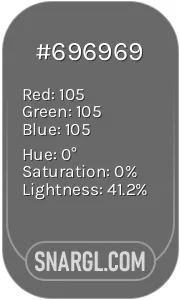 Dim gray
Dim gray





